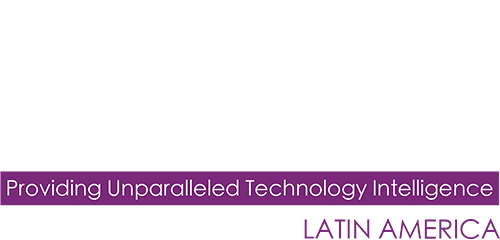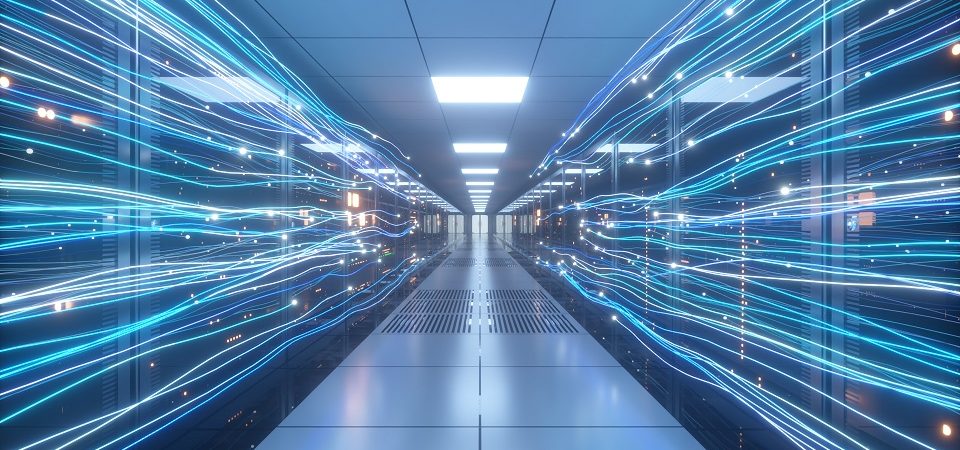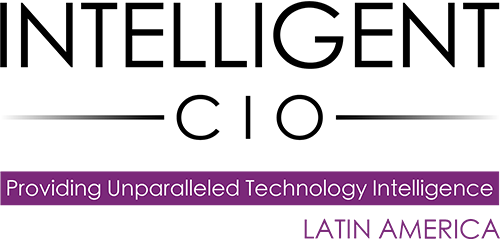Ed Solis, VP Americas Enterprise Infrastructure Sales, CommScope, explains how data centers rapidly adapted to the new conditions that the Covid-19 pandemic brought with it.
This year has brought the accelerated deployment of new technologies and trends around data centers globally, after the massive adoption of remote work that the pandemic unleashed. Among the main trends influencing these deployments are the growing demand for high-performance networks, increased network management efficiency and data security.

Migration to the cloud will accelerate
Due to the changes that businesses have undergone since the pandemic began, companies are moving to the cloud, a trend that went faster in 2021. Companies that were considering an eventual migration are moving quickly to adopt a paradigm based on the cloud for your business.
Many companies whose workers are doing their work remotely have adopted telecommuting policies that are based on cloud applications, while retailers are following the lead of industry giants such as Amazon in the migration of telecom tools and selling to the cloud.
IoT deployments will increase
IoT applications are proliferating rapidly as companies try to better manage facilities and their occupants in the new normal; IT and OT teams must also understand how to co-ordinate their activities in the transformed building environment.
For example, to ensure building security and regulatory compliance, OT teams need the ability to manage the network, including Wi-Fi, PoE and IoT protocols such as Zigbee and LTE-M. Additionally, they need to understand how much bandwidth is available on the network, what is consuming it, and how plans will affect users, both on-site and remotely.
Strategies for smarter and healthier offices
To minimize the number of people in shared spaces, new technologies will be required to help control the building’s capacity, activating automatic alerts when the number exceeds a permitted limit. Some companies are even setting up contactless employee booths for access controls using thermal cameras to monitor body temperature, posing new challenges for established networks.
Many companies will seize this opportunity to accelerate the adoption of technologies designed for smart buildings, such as HVAC systems and lighting controls or elevator surveillance. IT and OT will need to ensure that these new technologies integrate with healthcare programs and provide visibility into building operations to help reduce costs.
Although the adoption of these technologies and applications is being driven by the pandemic, they were all being widely adopted in office buildings before last year because they help organizations improve the employee experience, control management costs of buildings and to respond to business and social trends.
Networks are under constant pressure to evolve along with new technologies and growing demand while remaining flexible and adaptable for future expansion and optimization. CommScope anticipates what’s to come – focusing on the key technologies that empower and enrich our connected society. We will immerse ourselves in the challenges of developing universal connectivity and the solutions we create to bridge the digital divide.
Connect what has not been connected
The challenge is then to create innovative solutions to provide access to that network to as many people as possible, either through wireless connectivity or broadband and wired solutions. The communities and locations that benefit from this access are not only developing nations or disadvantaged groups, but also suburban communities that have faced architectural constraints, rural areas of many large nations and other remote locations.
Strengthen existing connections
Urbanization, data-intensive digital applications and the addition of millions of new users to the network; these factors play a critical role in the demand for a stronger, reliable and secure network. This demand will only continue to grow, with the number of connected devices and associated traffic implications projected as our society fully integrates with the digital ecosystem.
To address these needs, we need to develop infrastructure solutions that meet current needs, while anticipating the demands of the future. An end-to-end approach is required, and we transform every aspect of the network, from core to edge, with both wired and wireless connections.


